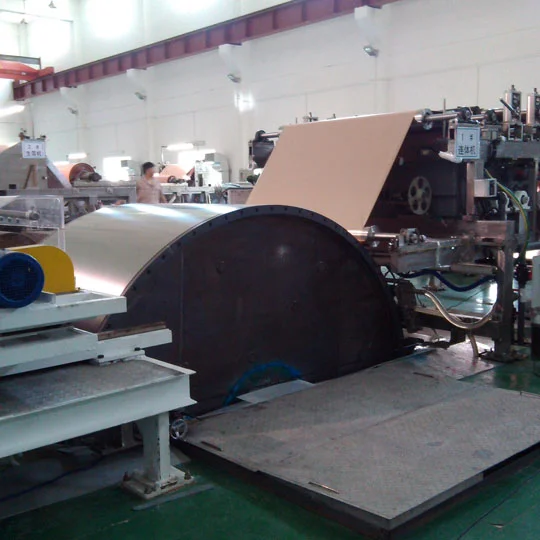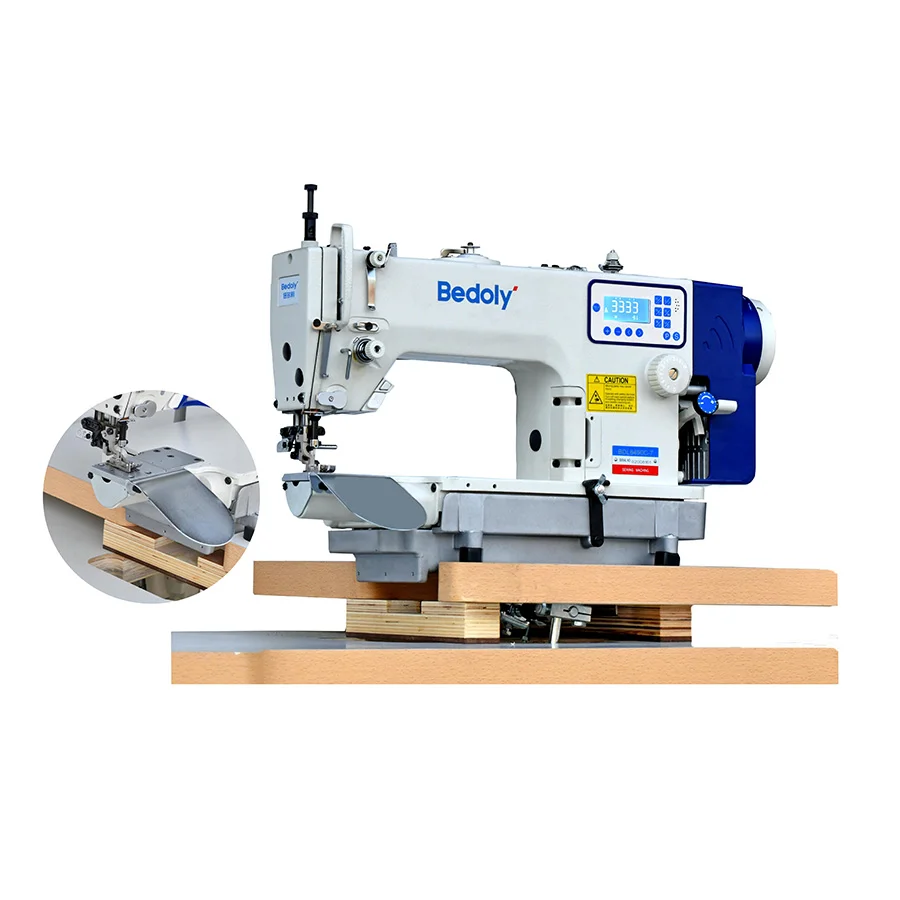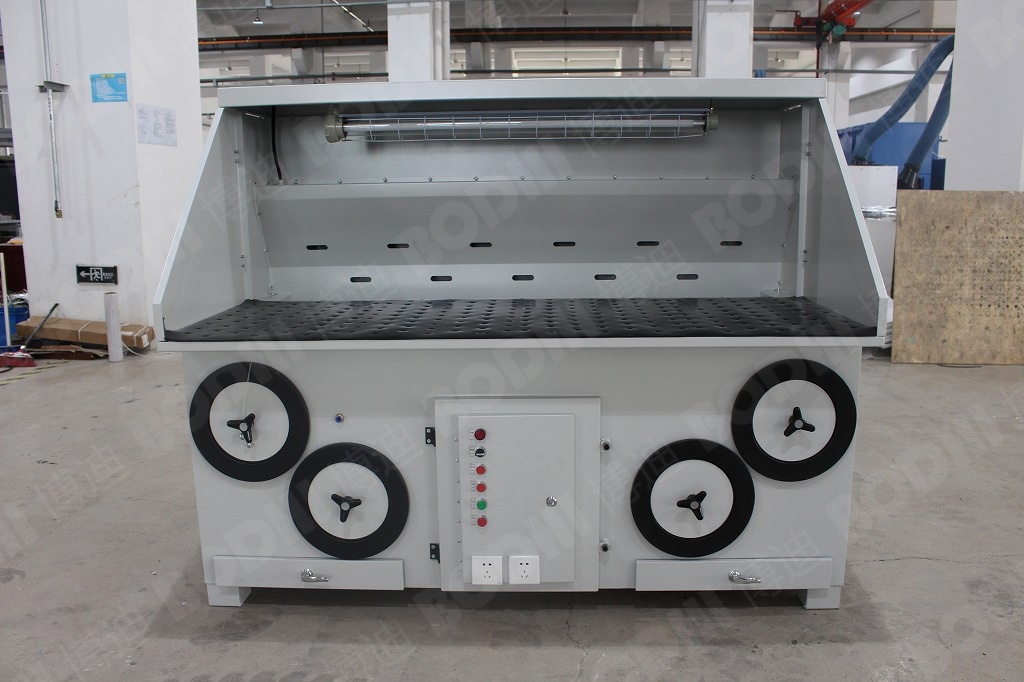Plate heat exchangers (PHEs) are widely recognized for their efficiency in transferring heat between two fluids. Their compact design, high surface area, and versatility make them a preferred choice in various industries, including food processing, chemical manufacturing, and HVAC systems. However, like any mechanical system, plate heat exchangers are not immune to failures. Understanding the common pitfalls associated with PHEs is crucial for maintaining operational efficiency and prolonging equipment lifespan. This article delves into the primary failures of plate heat exchangers, their causes, and potential solutions.
- Fouling: The Silent Efficiency Killer
Causes:
Fouling occurs when unwanted materials accumulate on the heat transfer surfaces, significantly reducing the heat transfer efficiency. Common fouling agents include scale, biological growth, and particulate matter. In industries such as food processing, organic residues can lead to biofouling, while in chemical processes, mineral deposits may form due to temperature and pressure variations.
Consequences:
The buildup of fouling can lead to increased pressure drops, reduced heat transfer rates, and ultimately, system failures. This not only affects the efficiency of the heat exchanger but can also lead to increased energy consumption and operational costs.
Solutions:
Regular cleaning and maintenance schedules are essential to mitigate fouling. Implementing pre-treatment processes, such as filtration or chemical dosing, can help reduce the introduction of fouling agents. Additionally, using materials resistant to fouling can enhance the longevity of the heat exchanger.
- Corrosion: The Hidden Threat
Causes:
Corrosion is a significant concern for plate heat exchangers, particularly when dealing with aggressive fluids or environments. Factors such as pH levels, temperature, and the presence of chlorides can accelerate corrosion rates. Stainless steel plates, while resistant to corrosion, can still suffer from localized corrosion if not properly maintained.
Consequences:
Corrosion can lead to leaks, structural failures, and contamination of the process fluids. This not only poses safety risks but can also result in costly downtime and repairs.
Solutions:
Selecting the appropriate materials for the specific application is critical. For instance, using duplex stainless steel or titanium plates can offer enhanced corrosion resistance. Regular inspections and monitoring of fluid chemistry can help identify potential corrosion issues before they escalate.
- Thermal Shock: A Sudden Catastrophe
Causes:
Thermal shock occurs when there is a rapid change in temperature, leading to stress on the plates. This is particularly common during startup or shutdown procedures when the temperature of the fluids changes drastically.
Consequences:
The sudden thermal stress can cause cracking or warping of the plates, leading to leaks and reduced efficiency. In severe cases, it can result in catastrophic failure of the heat exchanger.
Solutions:
Implementing gradual temperature changes during startup and shutdown can help mitigate the risk of thermal shock. Additionally, using thermal expansion joints can accommodate the movement caused by temperature fluctuations.
- Gasket Failure: The Weak Link
Causes:
The gaskets in plate heat exchangers serve as seals between the plates, preventing fluid leakage. Over time, gaskets can degrade due to thermal cycling, chemical exposure, or mechanical stress.
Consequences:
Gasket failure can lead to leaks, which not only compromise the efficiency of the heat exchanger but can also pose safety hazards and environmental risks.
Solutions:
Regular inspection and replacement of gaskets are essential for maintaining the integrity of the heat exchanger. Choosing high-quality gaskets made from suitable materials for the specific application can enhance durability and performance.
- Improper Installation: A Recipe for Disaster
Causes:
Improper installation of plate heat exchangers can lead to a myriad of issues, including misalignment, inadequate tightening of bolts, and incorrect flow direction.
Consequences:
These installation errors can result in leaks, reduced efficiency, and premature wear of the equipment. In some cases, it may even lead to complete system failure.
Solutions:
Ensuring that installation is carried out by trained professionals is crucial. Following manufacturer guidelines and conducting thorough inspections post-installation can help identify and rectify any potential issues.
Conclusion
Plate heat exchangers are invaluable assets in various industrial applications, but their effectiveness can be compromised by several common failures. By understanding the causes and consequences of these failures, operators can implement proactive measures to enhance the reliability and efficiency of their heat exchangers. Regular maintenance, proper material selection, and adherence to installation protocols are vital steps in preventing these pitfalls. Ultimately, a well-maintained plate heat exchanger not only improves operational efficiency but also contributes to the overall sustainability of industrial processes.



